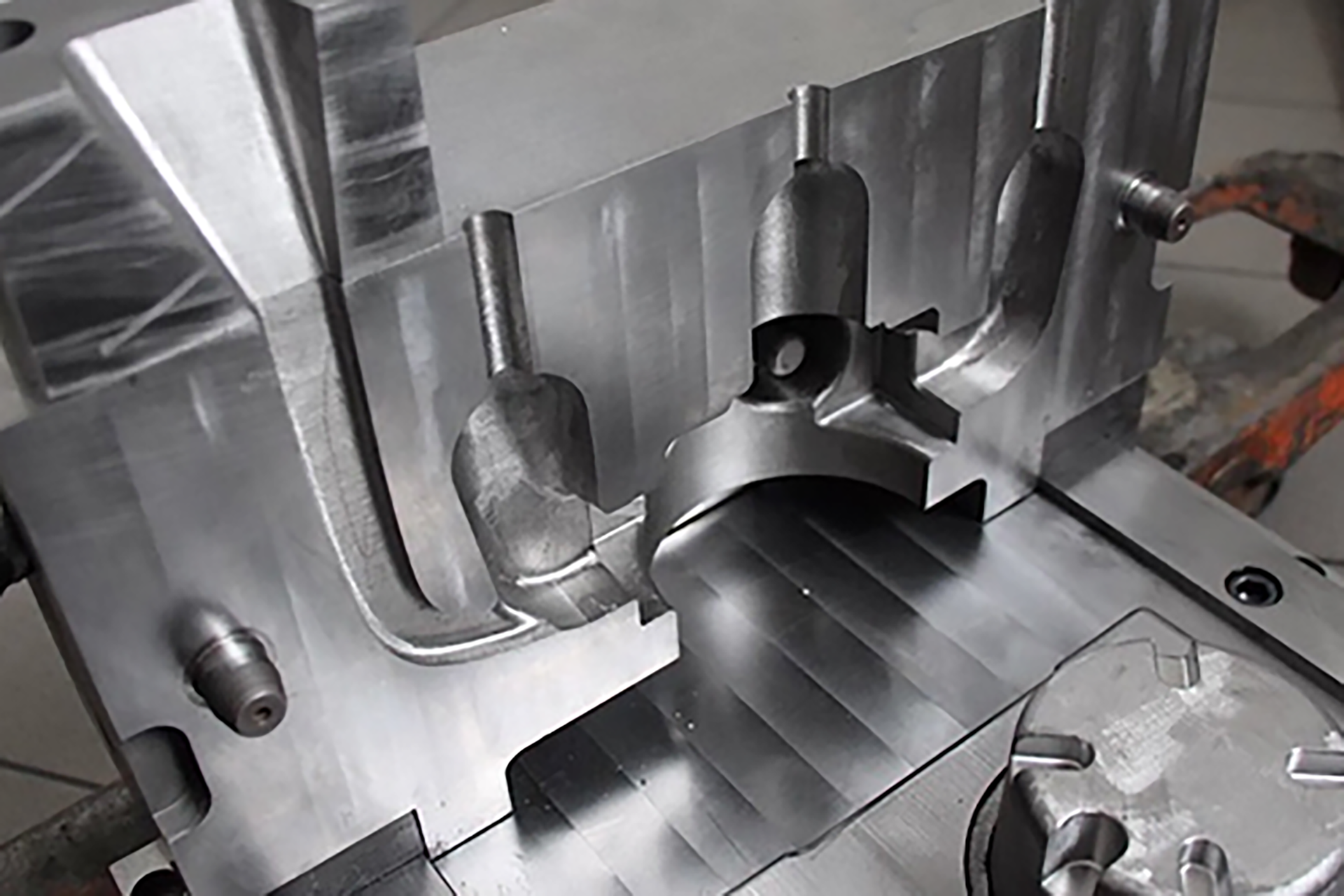- Home
- Factories
- Processes
- Products
- News
- Download
- Contact Us
Views: 14 Author: Site Editor Publish Time: 2023-07-13 Origin: Site

Introduction:The die casting process is a highly efficient and precise method used in the manufacturing industry to produce intricate metal components. This article provides an overview of the die casting process, highlighting its advantages, steps, and applications.
Understanding Die Casting: Die casting is a manufacturing technique that involves injecting molten metal into a reusable steel mold, known as a die. The molten metal solidifies rapidly, taking the shape of the die cavity and producing high-quality, dimensionally accurate parts.
Mold Preparation: The die casting process begins with the preparation of the die. The die consists of two halves, the fixed half (the cavity side) and the movable half (the core side). These halves form the mold cavity, which determines the final shape of the component.
Molten Metal Injection: The molten metal, such as aluminum, zinc, or magnesium, is heated to a precise temperature and injected into the die under high pressure. The pressure ensures the complete filling of the mold cavity and helps in achieving fine details and intricate features.
Solidification and Cooling: Once the molten metal fills the die cavity, it rapidly solidifies. Cooling channels within the die aid in the controlled solidification process. The cooling time is carefully monitored to achieve the desired mechanical properties and dimensional stability.
Mold Opening and Ejection: After solidification, the two halves of the die are separated, and the casting is ejected from the die cavity. Ejector pins or mechanisms assist in the removal of the component, which is then ready for further processing or finishing.
Finishing and Post-Processing: The die-cast component may undergo additional processes such as trimming, deburring, machining, or surface treatments to achieve the desired final appearance and functional characteristics. Inspection and quality control measures ensure the part meets the required specifications.
Advantages and Applications: Die casting offers numerous advantages, including high production efficiency, tight tolerances, excellent surface finish, and the ability to produce complex shapes. It finds applications in various industries, such as automotive, aerospace, electronics, and consumer goods.
Conclusion: The die casting process provides manufacturers with a reliable and efficient method for producing intricate metal components with exceptional precision and surface finish. By harnessing the benefits of die casting, companies can meet the demands of diverse industries and deliver high-quality parts for a wide range of applications.
| | Floor 21, Block B, Fortune Building, No. 18 Xinghua Bei Street , Tiexi District, Shenyang, 110025, China. |
| | 86 15541524932 |
| | contact@sydensen.com |